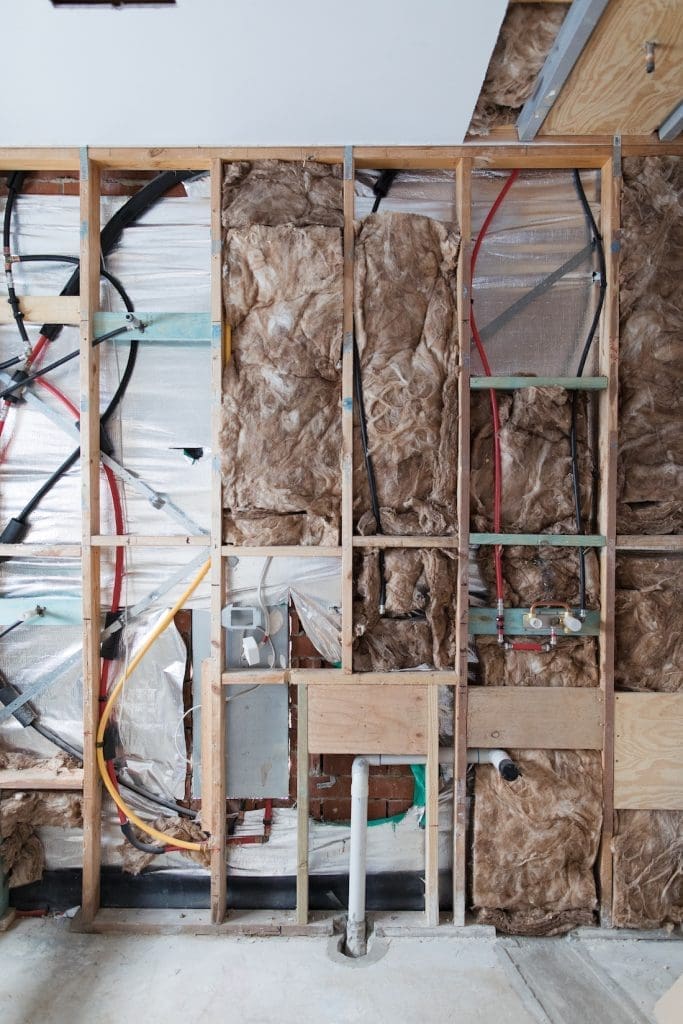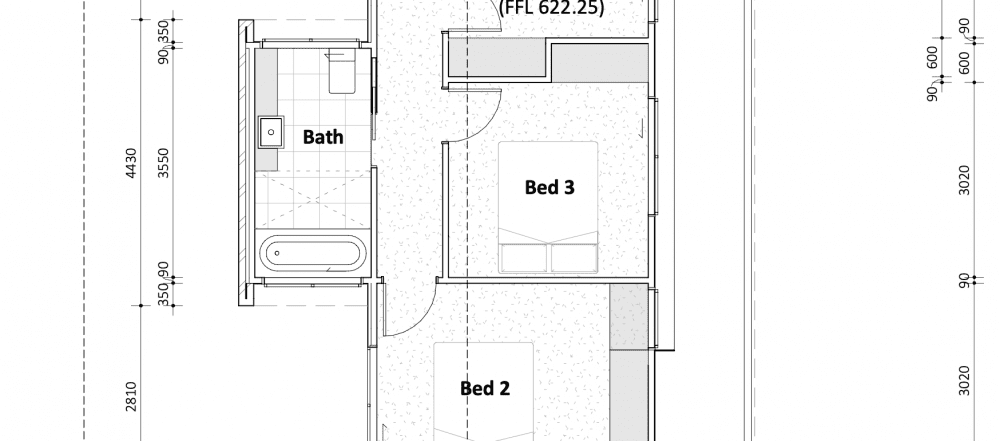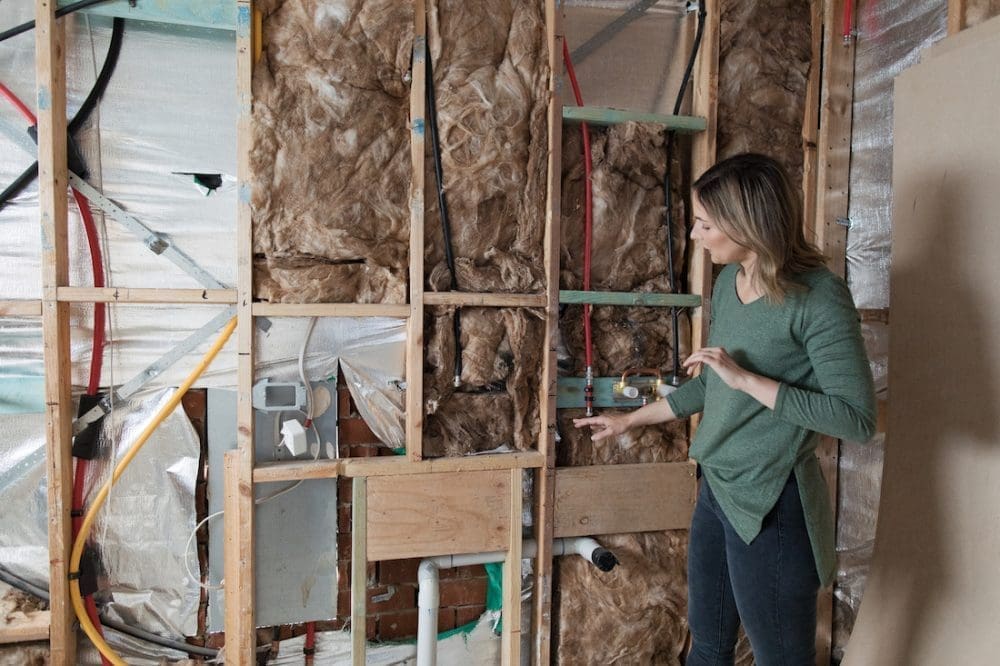When building a new home or adding an extension, architectural drawings guide the construction. They are the master plan that inform the work of all of your contractors, including your electrician and joiner. A question that commonly comes up online is “Do architectural drawings include plumbing?” and there doesn’t seem to be a clear answer. In short, it is not typical for an architect to include plumbing plans on residential designs in Australia. Keep reading as we talk more on this below.
Related article: 10 kitchen plumbing tips: The dos and don’ts you need to know
Related article: Gina’s bathroom renovation reveal: Take a peek around my new bathroom

What plumbing information do architects provide?
Generally, in Australia a set of architectural drawings will include floor plans, elevations, section plans and, for a new build, site plans. These technical drawings define the exact size of the build, down to wall thicknesses and window sizes. However, it is not typical for an architectural drawing set to include plumbing plans.
Typically, the plumbing information that architects provide in Australia is the location of fixtures, such as toilets, showers and basins. And a plumber would then use this information to set out plumbing and drainage to meet Australian codes. Plumbing regulations vary from state to state in Australia and your licensed plumber will comply with these. They will then work with a plumbing plan certifier to have their drainage plans certified and registered with local government.

How can an architect and plumber work together?
As architecture website ArchEyes suggests, it is beneficial for your architect to have a good understanding of plumbing. This helps to avoid issues when drawing up plans. For example, it’s helpful for your plumber if your architect knows what obstructions to avoid, such as cavity doors that will not allow for plumbing.
Your architect and plumber may work more closely together if you engage your architect to work with you throughout the stages of your build — and not just at the concept design and design development stages. Unforeseen issue can arise during construction and this is where your architect and plumber may work together. For example, during Gina’s build the builder changed a regular wall to a brick wall and this meant they could not have an in-wall toilet as per the architect’s original design. There were several options to resolve this — make the room smaller by building a false wall, go with a back-to-wall toilet or come up with a different creative idea, such as a half height wall. This is when you as the client, the architect and plumber may work together to come up with the best solution.
Another time your architect may be more involved is if they engage a hydraulic engineer. Hydraulic engineers can design pipes, hot and cold water supply systems, plumbing systems, waste disposal, wastewater treatment, rainwater collection, and more. While hydraulic engineers are typically engaged to work on commercial and health care projects, they can also provide expert advice on residential projects.

When would plumbing plans be drawn up?
As mentioned above, if you engage a hydraulic engineer they can design plumbing plans. Generally, a hydraulic design assessment is not required for residential projects. However, if you are building more than two residential units on a single lot, or you are using an alternative water supply other than rainwater (such as greywater), or there is a non-standard water and/or sewer connection then a hydraulic design may be required.
We hope this information helps you if you’re about to embark on a new build or major renovation. Do you have any questions we didn’t answer? Post them below and we’ll get back to you asap. You may like to check out more bathroom advice here, including what size should I make my tile grout joints.






